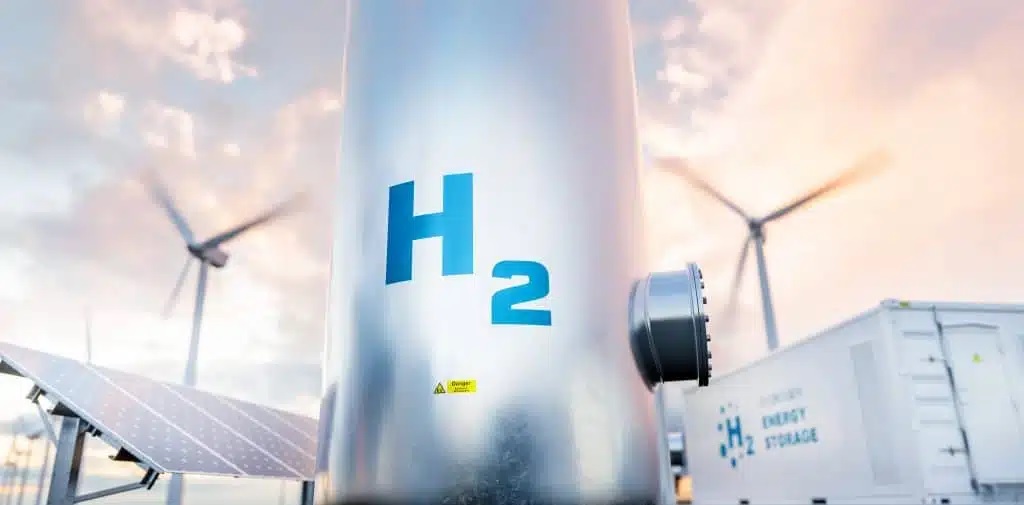Scientists Have Discovered "White Hydrogen" Beneath France. How It Can Help Save the Earth

In the pursuit of fossil fuels beneath northeastern France surface, scientists have stumbled upon a substantial reservoir of hydrogen, marking it as one of the largest caches of "white hydrogen" ever identified, estimated to range from 6 to 250 million metric tons, as reported by CNN.
White hydrogen, also referred to as "natural," "gold," or "geologic" hydrogen, is a naturally occurring gas in the Earth crust and is recognized as a promising clean energy source.
Discovery of White Hydrogen:
Jacques Pironon and Phillipe De Donato, both directors of research at France National Centre of Scientific Research, uncovered this phenomenon while assessing methane levels in the subsoils of the Lorraine mining basin. Initially encountering low concentrations of hydrogen a few hundred meters down, the levels dramatically increased to 14% at 1,100 meters and 20% at 1,250 meters. This study unveiled a colossal reservoir of hydrogen, marking it as one of the most significant deposits of white hydrogen ever found.
Nature and Utility of White Hydrogen:
White hydrogen, a naturally occurring gas in the Earth crust, is a relatively recent discovery for scientists. Though hydrogen is the most abundant element in the universe, it usually exists combined with other molecules. Discovered in 2018 in a Mali well producing 98% hydrogen gas, deposits of white hydrogen have been identified globally, including in the US, eastern Europe, Russia, Australia, and now France. It believed that there could be tens of billions of tons of white hydrogen worldwide.
Hydrogen is hailed as a potential clean energy source for various industries, such as aviation, shipping, and steel-making. When burned, hydrogen only produces water, making it a more environmentally friendly energy source compared to solar or wind energy.
Significance of the Discovery:
Traditionally, scientists believed that substantial quantities of hydrogen could only be produced in laboratories. Different types of hydrogen were categorized by colors based on their origin. For example, "gray" hydrogen is derived from methane gas, "brown" from coal, and "blue" hydrogen is similar to gray but with captured emissions. The eco-friendliest is "green" hydrogen, produced using renewable energy to split water. White hydrogen, being potentially abundant and untapped, emerges as a source of clean-burning energy without the need for energy-intensive processes. Moreover, the discovery proves that hydrogen can be found naturally.
The clean energy source is not only environmentally friendly but also cost-effective, with the estimated cost of white hydrogen being around $1 per kilogram, in contrast to green hydrogen, which costs about $6 per kilogram, according to CNN.
Global Hydrogen Use:
Hydrogen is already integrated into new initiatives exploring green energy. For instance, Australia-based Gold Hydrogen is drilling in South Australia, targeting spots with high concentrations of hydrogen discovered in the state archives in the 1920s.
In the US, companies like Koloma and Natural Hydrogen Energy are developing methods to extract hydrogen more efficiently using proprietary technologies and AI. Koloma has secured $91 million from investors, including Breakthrough Energy Ventures founded by Bill Gates, while Natural Hydrogen Energy completed a hydrogen borehole in Nebraska in 2019 with plans for new wells.



